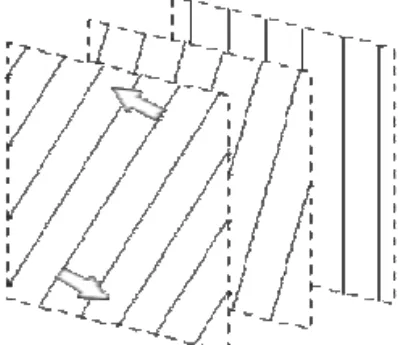21
IN VA-1
INVITED
Force-free Torque and Longitudinal Field Effects
in Superconductors
Teruo Matsushita, Kyushu Institute of Technology (Japan)
When a superconducting wire or tape carries a transport current in a longitudinal (parallel) magnetic field, various peculiar phenomena called the longitudinal field effects are observed. These include drastic increase in the critical current density than in the usual transverse magnetic field, failure of Josephson’s formula for the electric field induced by flux motion, E = B×v with v denoting the velocity of flux lines and appearance of a surface electric field structure with negative electric field region in resistive state, etc. In such longitudinal magnetic field geometry it is known that the force-free state is achieved for the distribution of magnetic field and current obeying J×B = 0 in the superconductor. In the force-free state the magnetic structure contains a twisting deformation as shown in Fig. 1. Hence, a restoring torque is expected to work on flux lines as indicated by arrows to reduce the deformation, which is similar to the Lorentz force.
Fig. 1. Deformed magnetic structure in the force-free state
Existence of the restoring torque, called the force-free torque, can be theoretically derived from estimating the energy increase when the force-free deformation is virtually introduced. This torque has not been discovered after the completion of the Maxwell theory on the electromagnetism. The force-free torque is independent of the Lorentz force and this a clear difference from the dynamics in which torque is the moment of force.
Thus, the critical state is predicted to be determined by the balance between the force-free torque and the moment of pinning forces, which is analogous to the balance between the Lorentz force and pinning force in the transverse magnetic field. This explains experimental results that the critical current density depends also on the flux pinning strength in the longitudinal magnetic field. It can be explained that the peculiar longitudinal magnetic field effects are caused by the rotating flux motion due to the force-free torque that exceeds the pinning torque.
